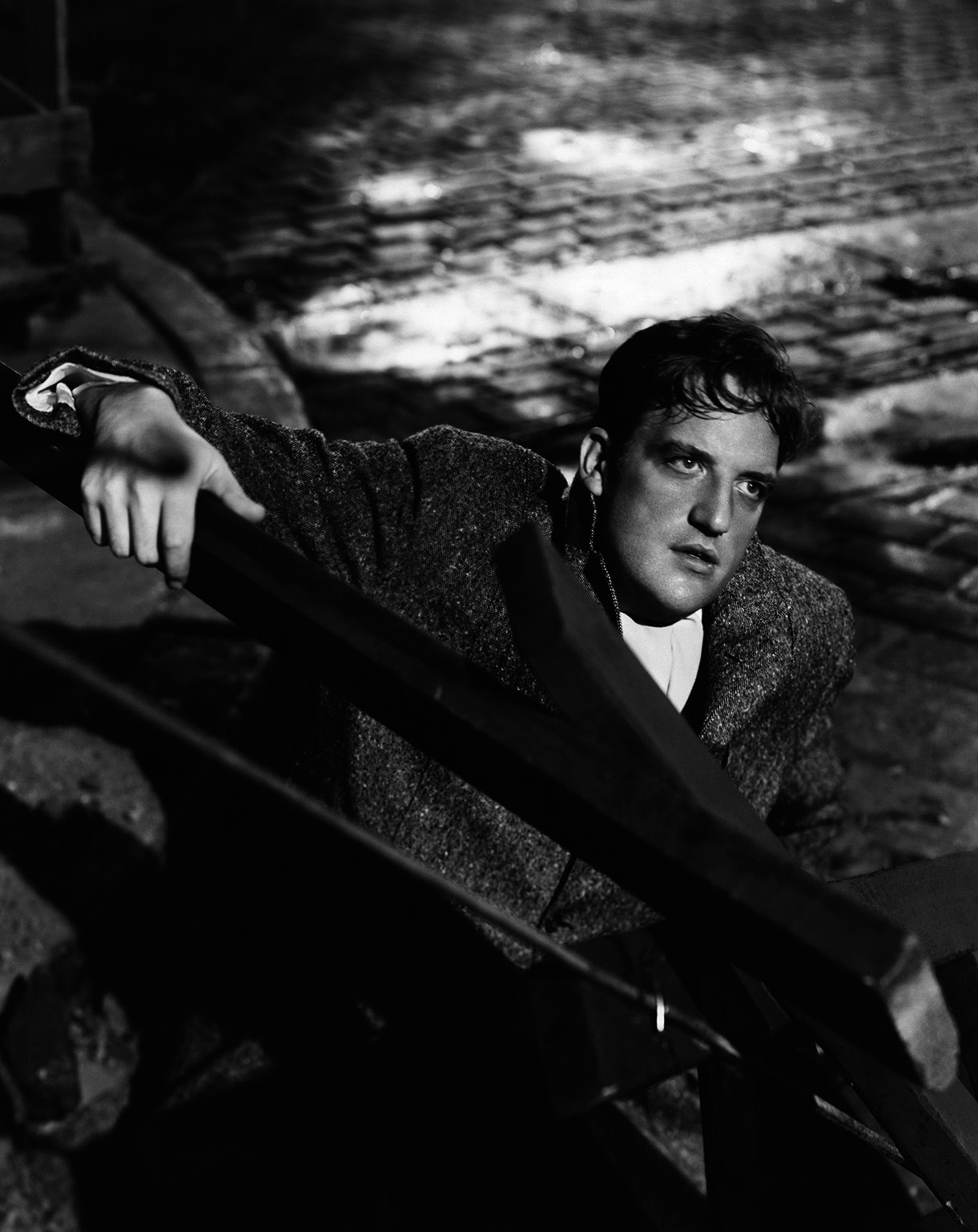
Patrick Hamilton’s Hangover Square (1941) is possibly his greatest novel. It is also a characteristic example of the author’s preoccupations, dealing with what J. B. Priestley, in his introduction to the 1974 Penguin edition of the novel, described as ‘innocence, appallingly vulnerable, and malevolence, coming out of some mysterious darkness of evil’ (p. 9).
In this respect, Hangover Square has much in common with Hamilton’s play Gaslight. In many other ways, however, the two texts are very different. Although both are set in London, the action of Gaslight takes place wholly within the claustrophobic confines of an apparently respectable four-storied house towards the end of the nineteenth century. Hangover Square, however, is set in the months leading up to the Second World War, amid the shabby streets and bars of what the subtitle of the novel describes as ‘darkest Earl’s Court’, the title of the book being a punning reference to Hanover Square in London’s West End.
Your organisation does not have access to this article.
Sign up today to give your students the edge they need to achieve their best grades with subject expertise
Subscribe




